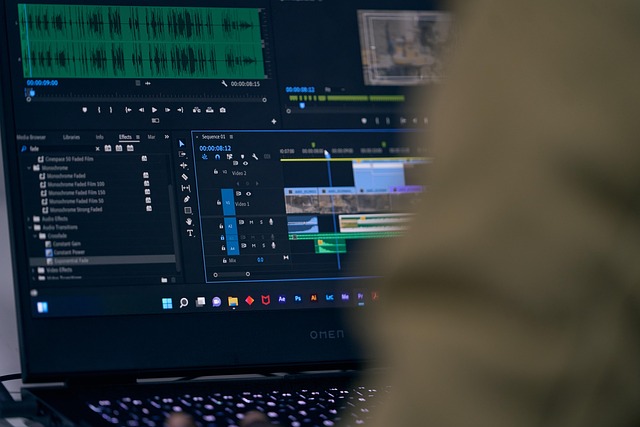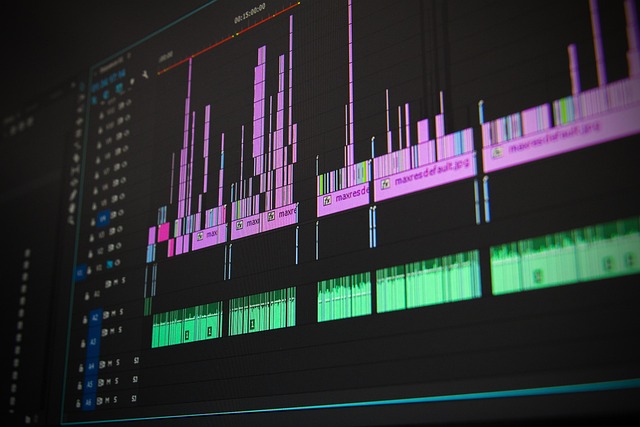DivX, a powerful video codec, revolutionizes digital media by reducing file sizes without compromising quality, enabling seamless playback on diverse devices via advanced compression algorithms and cross-platform compatibility. Techniques like DivX File Size Reduction, including content-aware encoding, optimize video files for various playback environments, facilitating efficient streaming even over slower connections while maintaining viewer engagement with consistent quality.
“Discover the power of seamless media playback with our guide to DivX file compression. We explore how DivX, a revolutionary format, enables smooth playback across various devices. By employing techniques like codec optimization and intelligent bitrate control, we’ll show you how to reduce file size without sacrificing quality. Learn to navigate the challenges of diverse hardware and software, ensuring an uninterrupted viewing experience. Explore these strategies for efficient DivX file size reduction.”
Understanding DivX and Its Role in File Compression

DivX, short for Digital Video eXchange, is a video codec and file format designed to compress digital video data, significantly reducing its file size. This process of compression is essential in enabling smooth playback on various devices, especially those with limited storage or processing capabilities. By efficiently encoding video content, DivX allows for faster streaming and easier sharing without sacrificing quality, making it a popular choice for online media distribution.
The role of DivX in file compression goes beyond mere size reduction; it also enhances compatibility across different operating systems and devices. This versatility is achieved through advanced algorithms that analyse and manipulate video data, removing redundant information while preserving critical elements for playback. As a result, DivX-encoded videos can be played back on countless devices, from high-end computers to mobile phones, ensuring a consistent viewing experience.
Techniques to Reduce File Size Without Compromising Quality

To ensure smooth playback on any device, it’s crucial to balance file size and video quality. Techniques like DivX File Size Reduction can help achieve this without compromising viewer experience. One effective method is encoding at higher bitrates, which retains detail and minimizes compression artifacts. However, this increases file size significantly.
An efficient strategy is to use content-aware encoding. This involves intelligent algorithms that analyze the video content and only compress less critical areas, preserving key details in high quality zones. Tools with advanced DivX compression algorithms can automatically optimize these factors, resulting in smaller file sizes without noticeable quality loss, thereby facilitating seamless playback across devices.
Ensuring Smooth Playback Across Diverse Devices

In today’s digital age, enjoying multimedia content seamlessly across various devices is non-negotiable. To achieve this, optimizing video files for diverse playback environments is paramount. DivX File Size Reduction techniques play a pivotal role in ensuring smooth playback on any device, regardless of its processing power or screen size. By compressing videos without compromising quality, these methods make it possible to stream and play back content efficiently, even over slower internet connections.
Whether it’s a high-definition video on a powerful computer or a lower-resolution clip on a mobile phone, DivX-optimized files adapt gracefully. This adaptability is crucial in maintaining viewer engagement, as users can enjoy consistent quality without worrying about buffering or lag. By addressing the challenges of diverse device capabilities, DivX File Size Reduction offers a uniform and enjoyable multimedia experience for everyone.
DivX, with its advanced file compression techniques, plays a pivotal role in enabling smooth playback across various devices. By understanding how DivX works and employing strategies to reduce file size without affecting quality, users can enjoy seamless multimedia experiences regardless of the device they’re using. This ensures that videos remain crisp and clear, even when viewed on smaller screens or older hardware.
